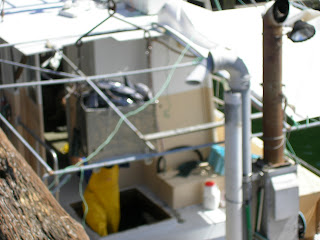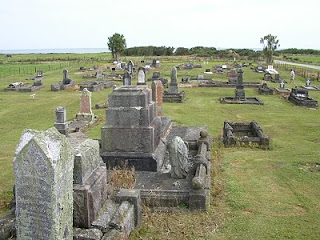
Punakaiki pancake Rocks New Zealand.
We visited the Punakaiki Pancake rocks to watch the sea spurt up high in the air through the blowhole known as the chimney, but we miss judged the tides and arrived 3hours after the high tide. There was a huge rough sea running so we thought we still might be lucky enough to catch the spray.We were surprised to find entry was still free to walk to the pancake rocks, it is many years since either of us had visited before. The walk to the rocks is very nice in itself, the path is very well tended and is completely wheelchair friendly to the main blowhole, chimney, you walk through lots of Flax growing all the way to the rocks so it is quite
Stone steps


sheltered from the
winds.The rocks do indeed look rather like a huge stack of pancakes all piled up together, the huge raging seas pound into the rocks gradually eroding the softer parts of the rocks and causing the pancake effect.


Even though we were 3 hours too late for the main show of the blowholes because of the high seas we were lucky enough to sea a small amount of spray shoot out of the chimney rather like smoke, it was still impressive but we didn't get soaked by the spray as we probably would have at high tide! After the Chimney the path is no longer wheelchair friendly as there are some steep stone stairs to go down, these are very impressive too. The path winds around past other stacks of pancake rocks and boiling seas before we made the return walk back to the cafes, this part of the walk is quite different as you wander through quite dense forest trees and ferns and lots of native birds.We joined the masses of people from all the bus tours, as one of the cafes for a


delightful lunch, not cheap, but very nice.
It was also nice listening to all the foreign tourists talking about how much they had enjoyed the area, I just love being with happy travelers. This area was and still is very important to the Maoris who used it for the gathering of sea food of which there is a plentiful supply. The Maoris of old apparently used to put themselves at enormous danger by climbing down the high rocks on plaited vines to get to places where they were able to catch the fish. I know that I couldn't do that even with good solid strong ropes, let alone flimsy easily broken vines!We didn't stay at Punakaiki, but drove back to Carter's Beach Motor Camp where we had left our caravan

 th his fishing club.
th his fishing club.












































